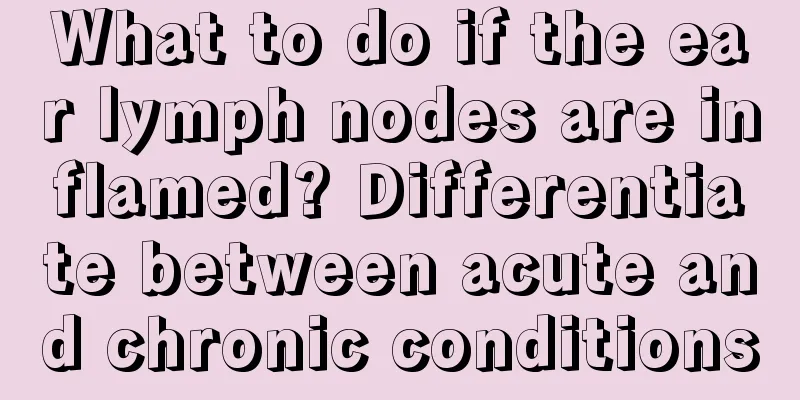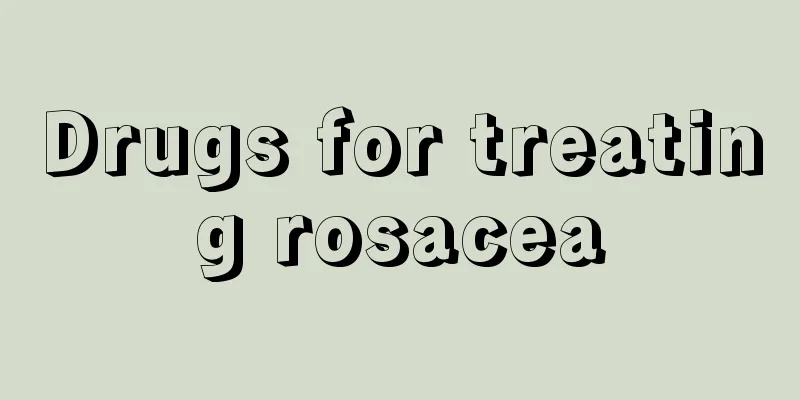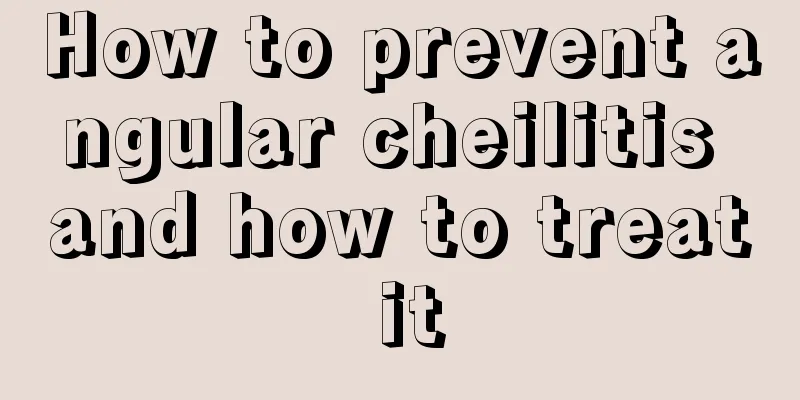What to do if the ear lymph nodes are inflamed? Differentiate between acute and chronic conditions

|
Lymph nodes are the largest immune organs in our body. If lymph node inflammation occurs, timely treatment should be taken. Ear lymph node inflammation can be acute or chronic. It is necessary to distinguish the symptoms and make corresponding treatments. In daily diet, nutrition should be increased and spicy food should be avoided. 1. Treatment of acute postauricular lymphadenitis Patients should pay attention to labor protection and avoid trauma. If there is skin injury, they should go to the hospital for treatment in time to prevent the spread of infection. If you suffer from tonsillitis, tooth decay, finger infection, tinea pedis, carbuncle, etc., you should take antibacterial and anti-inflammatory treatments or receive appropriate treatments to control the infection. You should pay attention to physical exercise on weekdays to improve your physical fitness. The diet should be light, nutritionally balanced, and spicy foods should be avoided. If you experience pain, you should go to the hospital immediately. 2. Symptoms of acute postauricular lymphadenitis Acute postauricular lymphadenitis is often secondary to other suppurative infectious diseases. The lymph nodes behind the ear swell rapidly and become tender. In more serious cases, there will be local redness, swelling, heat and pain, accompanied by chills, fever, headache and other symptoms. Through timely antibacterial and anti-inflammatory treatment, the specific medication should be consulted with a professional doctor, and the redness and swelling will subside. However, sometimes due to tissue hyperplasia caused by inflammation, a small nodule may be left behind. If the inflammation is not controlled in time, it will spread to the lymph nodes behind the ear and adhere to each other, and in severe cases, abscesses may form. If not treated promptly, it can cause sepsis. 3. Systemic treatment of chronic postauricular lymphadenitis. 1. In case of acute postauricular lymphadenitis, the inflammation should be controlled first to avoid its spread. 2. Supportive therapy: Supplement necessary vitamins and fluids, and regulate electrolyte balance. 4. Local treatment of chronic postauricular lymphadenitis (1. Apply anti-inflammatory powder externally to relieve inflammation and pain. (2. Apply a patch. If the tuberculous postauricular lymphadenitis has perforated and formed a fistula, streptomycin can be applied after the sinus tract is removed and the diseased tissue is scraped off. (3. Blockade therapy: When abscesses have not yet formed, penicillin and procaine solution can be used to block the periphery of the lymph nodes behind the ear (a skin test is required first). |
<<: Silt-type gallstones, these symptoms are most common
>>: How to treat chronic bronchitis?
Recommend
What are the effective ways to prevent lung cancer?
What are the prevention methods for lung cancer? ...
What are the symptoms of prostate cancer in the elderly
Prostate disease is more common among the elderly...
There are a few small red spots on my arm_There are a lot of red spots on my arm
If there are a few small red spots on your arms w...
Can you understand the process of orthodontic treatment?
Sometimes if the teeth are not beautiful, they ca...
Lactose intolerance
In our lives, some friends will have diarrhea aft...
Is comminuted fracture of cervical vertebra serious?
There are many types of cervical spine diseases, ...
HPV6 positive, no warts
HPV is a disease with a relatively high incidence...
What are the hazards of tongue cancer to patients
What are the hazards of tongue cancer to patients...
Why can't surgery be performed for esophageal cancer? Treatment methods for esophageal cancer
Why can't surgery be performed for peritoneal...
What to do if you suddenly faint due to low blood sugar
Many women suffer from hypoglycemia, especially y...
What to do with gallstones in the elderly
Gallstones are a common symptom in the elderly, s...
What is the difference between glioma occupying space and non-occupying space
Glioma can be divided into two categories, space-...
How to treat poorly differentiated lung cancer
How to treat poorly differentiated lung cancer? T...
What is the reason for dead skin on the face
Applying facial masks and doing skin care are thi...
Is mother's uterine cancer hereditary to her children?
More and more women are troubled by cervical canc...









